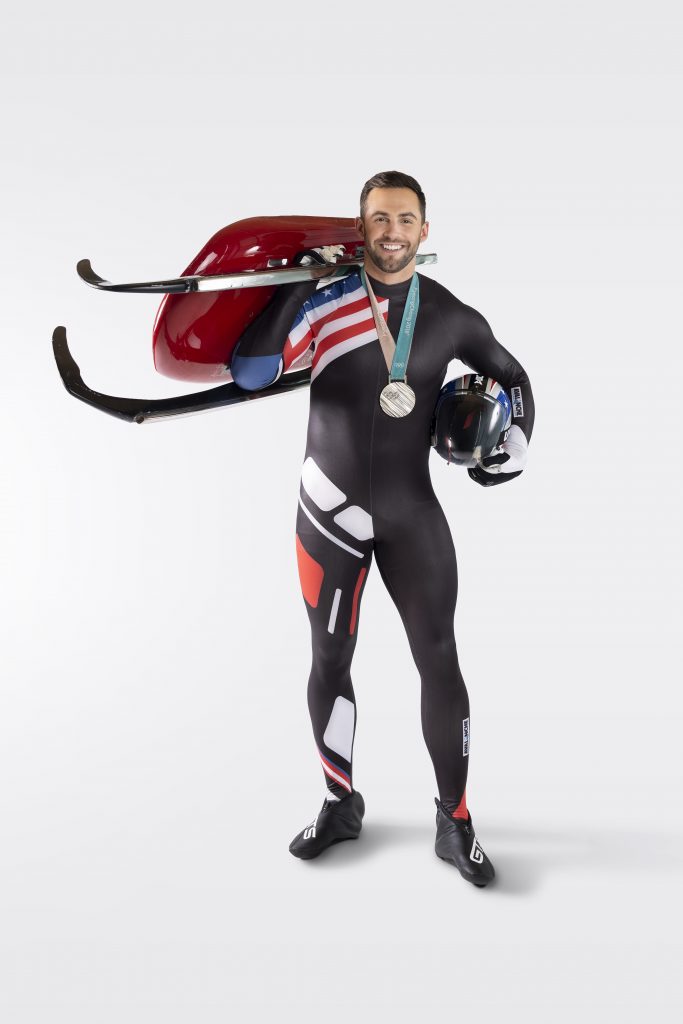Ford Motor Company and Honda have met a commitment ahead of schedule to equip most of their vehicles with automatic emergency braking this year, significantly reducing crash and injury risk for thousands of drivers, according to a news release from Consumer Reports and the Insurance Institute for Highway Safety Friday. Ford and its luxury brand Lincoln, along… Continue reading Ford leads GM, Stellantis in race to meet automatic emergency braking deadline
Tag: Toyota
@Toyota: Toyota Tsusho Delivers First Refrigerated Vaccine Transport Vehicles to the Ghana Ministry of Health- Safely and securely transporting vaccines, including COVID19 –
Toyota Tsusho Corporation (“Toyota Tsusho”) announced today that in November 2021, it delivered 10 refrigerated vaccine transport vehicles to the Ministry of Health of the Republic of Ghana and the delivery ceremony was held on December 16. In March 2021, these vehicles were the first in the world to obtain Performance, Quality and Safety (PQS)… Continue reading @Toyota: Toyota Tsusho Delivers First Refrigerated Vaccine Transport Vehicles to the Ghana Ministry of Health- Safely and securely transporting vaccines, including COVID19 –
@Toyota: Chris Mazdzer Is on the Fast Track to Beijing 2022
Luge is often considered an individual sport, but Olympian Chris Mazdzer credits his success to his support team. “It’s a whole team effort,” says the 33-year-old silver medalist. “Winning a medal, there were two coaches that were so instrumental. Sharing it with them, it was like, ‘This is actually yours, too, guys. I know they… Continue reading @Toyota: Chris Mazdzer Is on the Fast Track to Beijing 2022
@Toyota: Toyota Adds the Arizona Mobility Test Center to its Proving Grounds for Industry Availability as a Vehicle Development Resource
Toyota retains proving grounds, grows operations by engaging Intertek Transportation Technologies to expand commercial activities through the Arizona Mobility Test Center Facility enhancements include creation of a new area for long-term tenants and construction of added amenities for developing and testing vehicle performance WITTMANN, Ariz. (Dec. 17, 2021) – The Toyota Arizona Proving Grounds (TAPG),… Continue reading @Toyota: Toyota Adds the Arizona Mobility Test Center to its Proving Grounds for Industry Availability as a Vehicle Development Resource
Asia Stream: The (supply chain) nightmare before Christmas
NEW YORK — Welcome to Nikkei Asia’s new podcast: Asia Stream. Every week, Asia Stream tracks and analyzes the Indo-Pacific with a mix of interviews with experts and original reporting by our correspondents from across the globe. New episodes are recorded weekly and available on Apple Podcasts, Spotify and all other major platforms, and on… Continue reading Asia Stream: The (supply chain) nightmare before Christmas
Worldwide Automotive Steering System Industry to 2028 – Focus on Ice-driven and Electric Vehicles
DUBLIN, Dec. 17, 2021 /PRNewswire/ — The “Global Automotive Steering System Market 2021-2028” report has been added to ResearchAndMarkets.com’s offering. The global automotive steering system market is expected to develop with a CAGR of 5.01% during the forecast years from 2021 to 2028. The stringent fuel efficiency norms are primarily driving the demand for automotive… Continue reading Worldwide Automotive Steering System Industry to 2028 – Focus on Ice-driven and Electric Vehicles
Toyota Adds the Arizona Mobility Test Center to its Proving Grounds for Industry Availability as a Vehicle Development Resource
“TAPG has world-class resources for making ever-better vehicles, and by opening it up to the whole industry for long-term engagements, we believe it can make an even greater impact on advancing mobility for all,” said Randy Stephens, group vice president of Product Performance Engineering at Toyota Motor North America Research and Development. “This is also… Continue reading Toyota Adds the Arizona Mobility Test Center to its Proving Grounds for Industry Availability as a Vehicle Development Resource
Tata Motors and Maharashtra to set up scrapping facility
Tata Motors, India’s largest commercial vehicle manufacturer, today signed an MoU with the Government of Maharashtra, through the Industries, Energy and Labour Department, Government of Maharashtra, with an intent to support setting up a Registered Vehicle Scrapping Facility (RVSF) in Maharashtra. The MoU was signed at the Conference on Investment Opportunities in Highway, Transport and Logistics in… Continue reading Tata Motors and Maharashtra to set up scrapping facility
@niche: REE Automotive teams with Hitachi to bring scalable service platform to commercial EVs001513
EV startup REE Automotive announced a strategic agreement with Hitachi America Ltd. to help accelerate commercial fleet EV adoption. Together, the companies plan to co-create a scalable platform that can offer both Data-as-a-Service (DaaS) and Analytics-as-a-Service (AaaS) to support a new generation of connected commercial EVs. REE Automotive ($REE) is an e-mobility solutions company headquartered… Continue reading @niche: REE Automotive teams with Hitachi to bring scalable service platform to commercial EVs001513
Elementary Raises $30M in Series B Funding
Elementary, a Los Angeles, CA-based startup that has built an AI machine vision platform for quality and inspection in manufacturing, closed a $30M Series B funding. The round was led by Tiger Global with participation from existing investors Threshold Ventures, Fika Ventures, Fathom Capital, Riot VC, and Toyota Ventures. The company intends to use the funds to scale… Continue reading Elementary Raises $30M in Series B Funding

